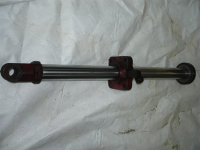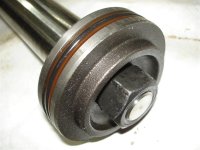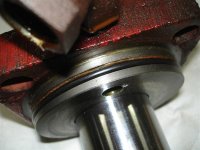westbrooklawn
Platinum Member
I have a log splitter which I built 25+ years ago. It has a 4x24x2 tie rod cylinder manufactured by Energy Manufacturing. It has been dripping around the wiper for the last year or so, but has started to leak really bad in the last few weeks. Energy manufacturing didn't have a seal kit listed for this cylinder (too old), but they are sending me a seal kit which they say will work.
I've never rebuilt a cylider before, and I'm looking for any tips or tricks that might make this go well. I feel I have above average mechanical skills, and it doesn't appear to be too complicated, but I was wondering if I needed any special tools, or if there were things I should do to make sure I don't damage the new seals during installation, etc.
I've never rebuilt a cylider before, and I'm looking for any tips or tricks that might make this go well. I feel I have above average mechanical skills, and it doesn't appear to be too complicated, but I was wondering if I needed any special tools, or if there were things I should do to make sure I don't damage the new seals during installation, etc.




